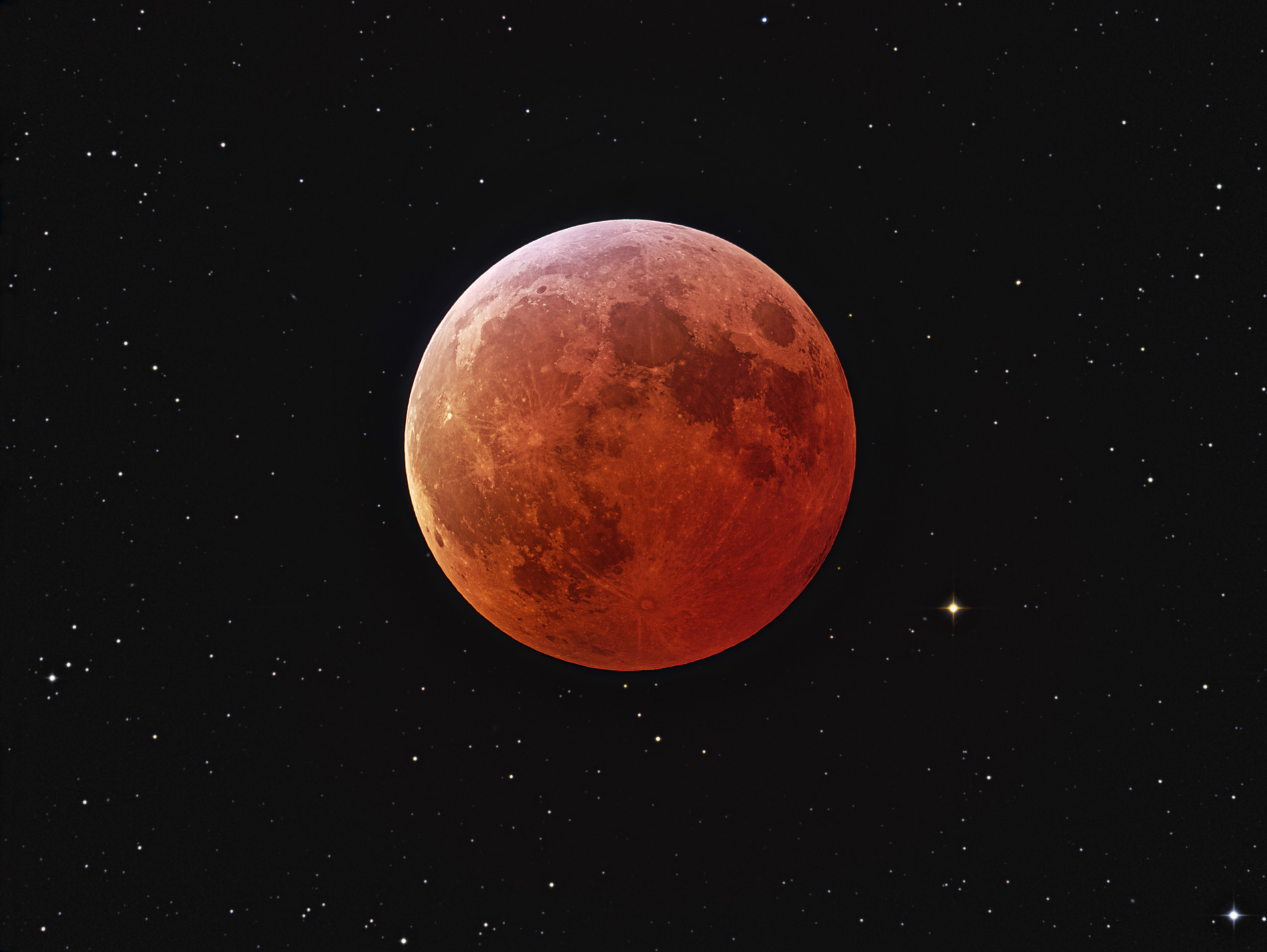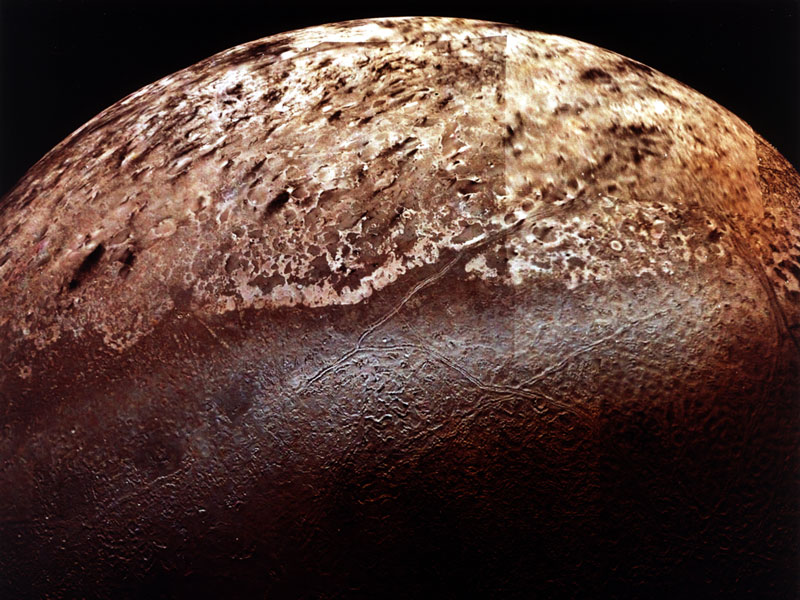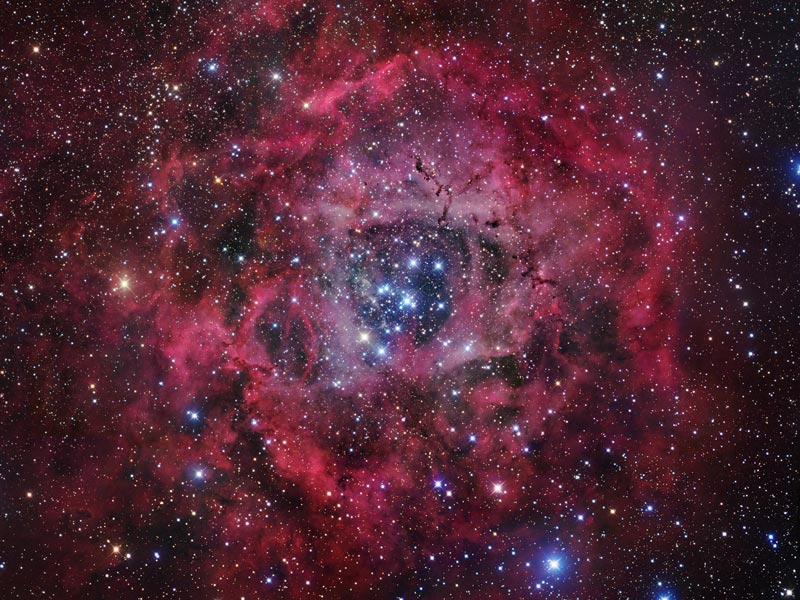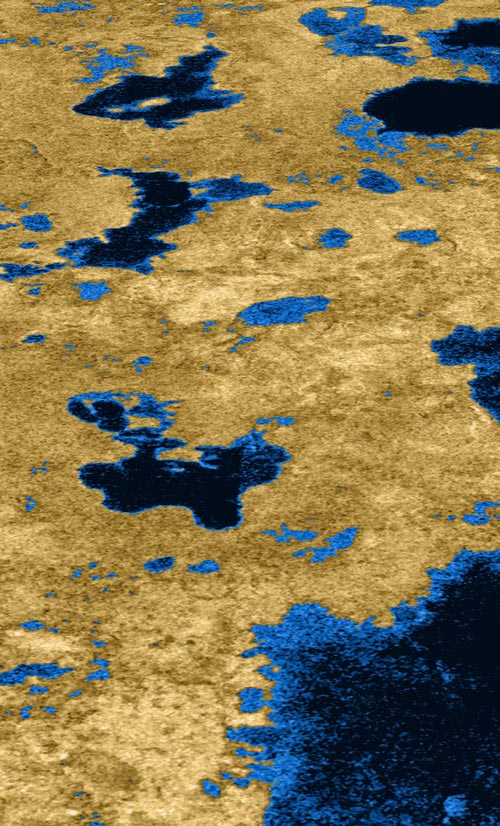
This image shows the moon during a lunar eclipse, viewable by most people on Earth. The picture is actually a composite of two exposures, the longer one used to capture the stars in the constellation Leo. Most of the background stars are too faint to be visible to the naked eye and are only visible due to the second long-exposure photograph.






